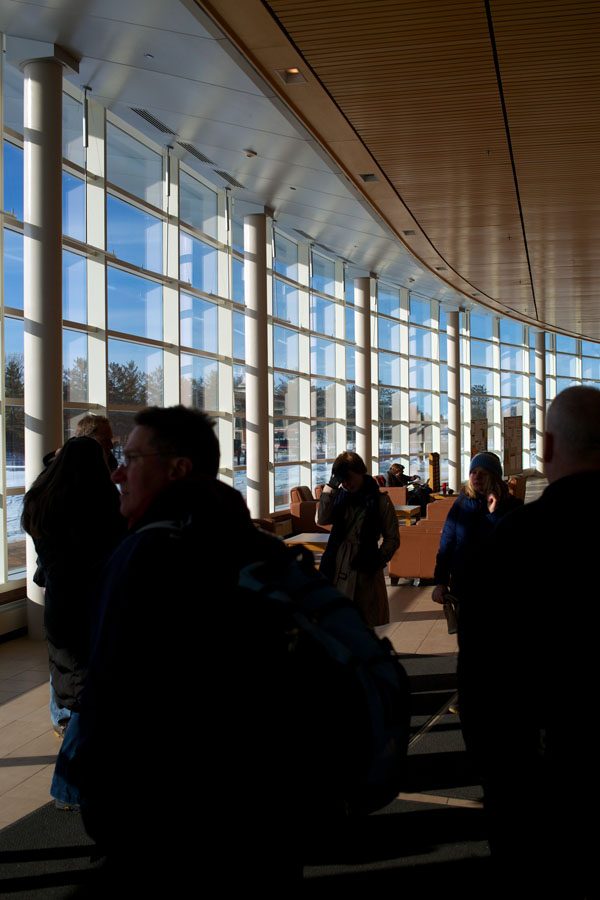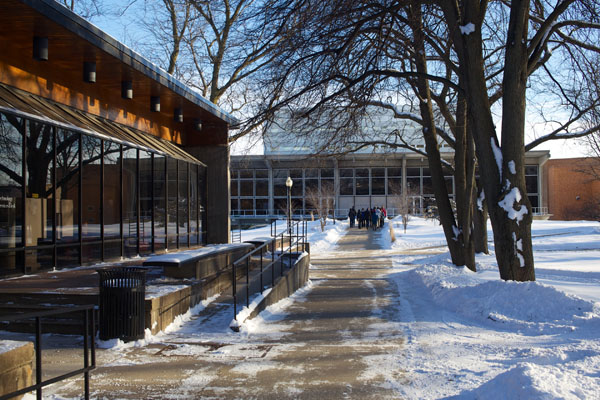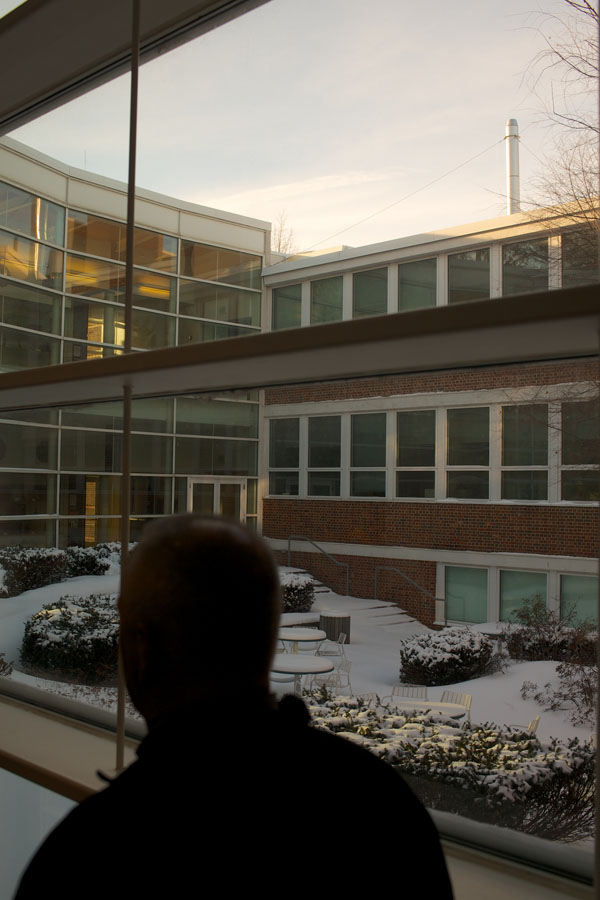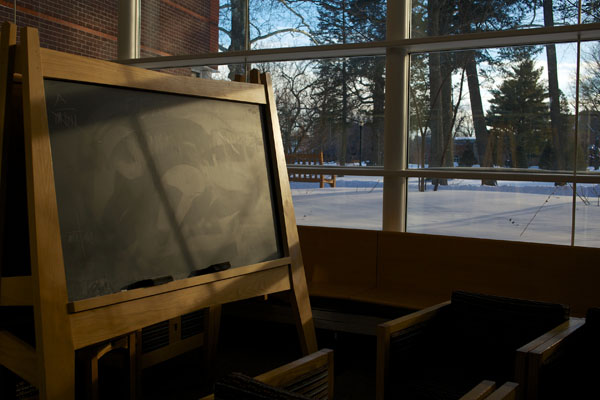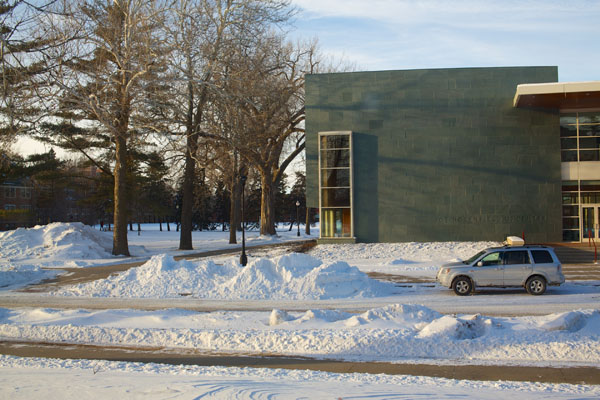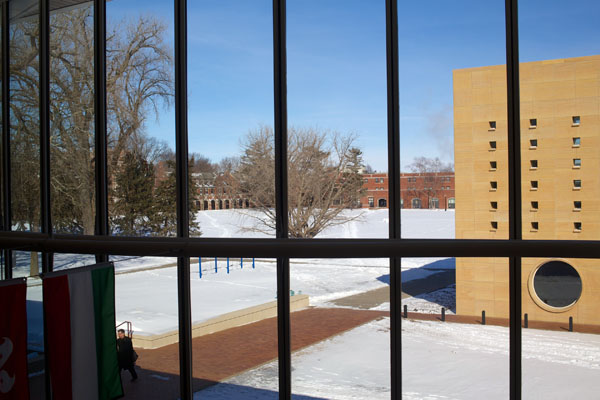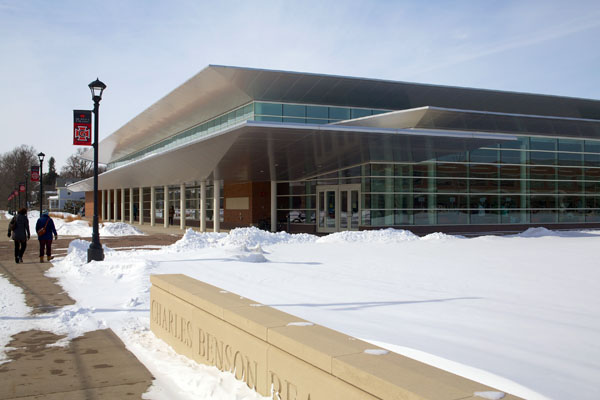NHS England patient data ‘uploaded to Google servers’, Tory MP says
A prominent Tory MP on the powerful health select committee has questioned how the entire NHS hospital patient database for England was handed over to management consultants who uploaded it to Google servers based outside the UK.
Sarah Wollaston, who is also a family doctor and Conservative backbencher, tweeted: “So HES [hospital episode statistics] data uploaded to ‘google’s immense army of servers’, who consented to that?”
The patient information had been obtained by PA Consulting, which claimed to have secured the “entire start-to-finish HES dataset across all three areas of collection – inpatient, outpatient and A&E”.
The data set was so large it took up 27 DVDs and took a couple of weeks to upload. The management consultants said: “Within two weeks of starting to use the Google tools we were able to produce interactive maps directly from HES queries in seconds.”
How the Medical Establishment Got the Treasury’s Keys
About half a century ago, organized medicine and the hospital industry in this country struck a deal with Congress that in retrospect seems as audacious as it seems incredible: Congress was asked to surrender to these industries the keys to the United States Treasury.
In return, the industries would allow Congress to pass a 1965 amendment to the Social Security Act, described as “an act to provide a hospital insurance program for the aged under the Social Security Act with a supplementary health benefits program and an expanded program of medical assistance, to increase benefits under the Old-Age, Survivors, and Disability Insurance System, to improve the Federal-State public assistance programs, and for other purposes.” We have come to know it as Medicare.
Medicine under the Ottomans
Medicine in the Islamic world can trace its roots back to the Greeks and such famous physicians as Hippocrates, Galen and Discorides. To this was added medicine as practiced in Persia, India and Byzantium. “The result was the creation of an extensive field embracing nearly every branch of the medical sciences, some 14 centuries of history and a vast geographical area stretching from southern Spain to Bengal, for in this particular field nearly all the regions of the Islamic world made some contributions.” (Seyyed Hossein Nasr, “Islamic Science”)
Medicine was generally taught in medreses along with the Qur’an and the shariyah and often the medreses had hospitals attached where practical lessons were taught. Sometimes there were separate medical schools that also had hospitals that included pharmacological studies and surgery.
Global vehicle sales will likely peak in next decade
The world that Henry Ford put on wheels is poised for a stall.
In the globe’s growing megacities, pollution and gridlock are putting a damper on driving. In India, some commuters are leaving their cars at home to avoid traffic snarls and long prowls for parking.
More young Americans are forgoing the dream of auto ownership for public transport, bikes and vehicle-sharing. Cars on the road are lasting longer than ever.
All of that may herald a new era for an auto industry weaned on a century of global growth. The world will reach “peak car” — a point at which annual global sales growth will top out — in the next decade, several auto-industry analysts predict. Researcher IHS Automotive, for one, sees annual sales cresting at 100 million within that time.
Peak car is at odds with the ambitious expansion plans of global automakers, which IHS says are gearing up to produce more than 120 million vehicles by 2016 — almost 50 percent more than last year’s worldwide sales mark of 82 million. The dynamic also threatens the business plans of parts producers, suppliers of raw material and oil companies.
Driving this upheaval is a rapidly emerging reality: The vehicle that ushered in an unparalleled era of personal mobility in the last century is, in many cases, no longer the most convenient conveyance, particularly as more of the world’s population migrates to big cities.
No one is predicting that car sales will suddenly fall off or that today’s car companies are now dinosaurs. What the experts do see is a reckoning for car companies, which may have to adapt to a world with less car-buying and more car-sharing, more cars that drive themselves and fewer hot rodders on the highway.
“The key question is: Do you sell cars or do you sell mobility?” said Tim Ryan, vice chairman of markets and strategy for consultant PricewaterhouseCoopers LLP. “If you ignore these megatrends, you run the risk of becoming irrelevant.”
View the IHS Automotive Study here.
The shocking numbers behind corporate welfare
State and local governments have awarded at least $110 billion in taxpayer subsidies to business, with 3 of every 4 dollars going to fewer than 1,000 big corporations, the most thorough analysis to date of corporate welfare revealed today.
Boeing ranks first, with 137 subsidies totaling $13.2 billion, followed by Alcoa at $5.6 billion, Intel at $3.9 billion, General Motors at $3.5 billion and Ford Motor at $2.5 billion, the new report by the nonprofit research organization Good Jobs First shows.
Dow Chemical had the most subsidies, 410 totaling $1.4 billion, followed by Warren Buffett’s Berkshire-Hathaway holding company, with 310 valued at $1.1 billion.
The figures were compiled from disclosures made by state and local government agencies that subsidize companies in all sorts of ways, including cash giveaways, building and land transfers, tax abatements and steep discounts on electric and water bills.
In fact, the numbers significantly understate the true value of taxpayer subsidies to businesses, for reasons explained below.
How Digital Medicine Will Soon Save Your Life You wake up with chest pain. Your smartphone reads your ECG. If it’s a heart attack, it calls an ambulance and sends your data ahead to the ER.
A sweeping transformation of medicine has begun that will rival in importance the introduction of anesthesia or the discovery of the germ basis of infectious disease. It will change how patients and physicians interact. It will change medical research and therapy. “Sick care”—the current model of waiting for you to get sick and then trying to alleviate symptoms and make you well—will become true “health care,” where prevention is the mantra and driving force. Welcome to the world of digital medicine.
First and foremost, the digitalization of medicine will personalize health care: Treatment will be tailored to each person as a unique individual suffering a unique illness according to his or her genetic makeup. Currently, therapy is based on population statistics. Patients are separated into groups defined in various ways but usually by similar symptoms or by the results of basic lab tests (like cholesterol levels). These groups are then treated with drugs that may help many people, but not all of them, and often only a fraction of them. By incorporating information from an individual’s DNA, the data made available through digitalization will enable clinicians to match individuals with treatments. Only patients who will benefit will get a particular drug.
Impossible Cities
In 1298, the Venetian merchant and explorer Marco Polo found himself in a Genoese prison, having been seized at the helm of a war galley during the Battle of Curzola. There he met the chivalric writer Rustichello of Pisa to whom he related tales of his travels along the Silk Road into Asia in the previous decades. The resulting manuscript The Description of the World or The Travels of Marco Polo became a literary sensation, being reproduced across Medieval Europe. Such were the extravagant claims in this “great book of puzzles”, many were taken to be fabrications and Polo earned the nickname “the Man of a Million Lies”. It was doubted by some that he’d even travelled at all except around his own evidently vast imagination.
The accounts did however contain many genuine discoveries alongside exaggerations, half-truths and myths (‘How the Prayer of the One-Eyed Cobbler Caused the Mountain to Move’ for example) mixed together without differentiation. We can now pour scorn on his claims of desert sirens luring the unwary to their deaths, colossal birds who fed on elephants, idolaters “adept in sorceries and diabolical arts” who could control sandstorms or witnessing Noah’s Ark perched on a mountaintop where the snow never melts. At the time, these were scarcely more unbelievable than his claims of “stones that burn like logs” (coal), paper currency, seeing the highest mountains in the world (the Himalayas) or visiting vast golden cities hung with the finest silks yet we know these now to be fairly accurate descriptions.
The backbone of Polo’s travelogue is made up of his visits to various Oriental cities (Baudas, Samarcan, Caracoron and so on) culminating in the opulent palaces of the Chinese Mongol Emperor Kublai Khan, at whose court he was a guest for 17 years. His recollections of the centres and their populaces range from the mercantile (lists of industries and natural resources) to the fanciful; cities where the inhabitants are perpetually drunk, where men ride around on stags eating birds, where marriages are arranged between ghosts or the great Kaan in his marble palace drinks wine from levitating goblets. Often Polo would add boasts and hyperbole (“no one could imagine finer” is a recurring phrase) and even suggest he was holding back for fear of arousing incredulity in the readers (“I will relate none of this in this book of ours; people would be amazed if they heard it, but it would serve no good purpose”) which only served to further his ridicule. When he was on his deathbed, a priest giving last rites asked Polo if he wished to confess to exaggerating his recollections to which he replied, “I did not reveal half of what I saw because no one would have believed me.” Beyond their narrow confines, the world was more extraordinary than his sceptics were capable of imagining. Raised in the seemingly impossible ‘floating city’ of Venice, a maze of canals and alleys built on stilts in a lagoon, Marco Polo had no such limitations.
Asymcar 10: Asleep at the Switch
The orthodox vs. the unorthodox: Tata, Tesla and Toyota. Why might an asymmetric competitor lose and a symmetric competitor win?
We begin with Tesla and Apple. We continue with aluminum vehicles and re-visit information asymmetry as Horace exploits it to buy a Mercedes on eBay.
We talk about car APIs (Aux input jack and ODBII) and much, much more.
A brief discussion considers the perils of endless line extension up and down the market, perhaps fueled by financialization.
This is a good one.
Asymcar 10: Asleep at the switch | Asymcar.
Anatomy of the Deep State
Rome lived upon its principal till ruin stared it in the face. Industry is the only true source of wealth, and there was no industry in Rome. By day the Ostia road was crowded with carts and muleteers, carrying to the great city the silks and spices of the East, the marble of Asia Minor, the timber of the Atlas, the grain of Africa and Egypt; and the carts brought out nothing but loads of dung. That was their return cargo.
– The Martyrdom of Man by Winwood Reade (1871)
There is the visible government situated around the Mall in Washington, and then there is another, more shadowy, more indefinable government that is not explained in Civics 101 or observable to tourists at the White House or the Capitol. The former is traditional Washington partisan politics: the tip of the iceberg that a public watching C-SPAN sees daily and which is theoretically controllable via elections. The subsurface part of the iceberg I shall call the Deep State, which operates according to its own compass heading regardless of who is formally in power. [1]
During the last five years, the news media has been flooded with pundits decrying the broken politics of Washington. The conventional wisdom has it that partisan gridlock and dysfunction have become the new normal. That is certainly the case, and I have been among the harshest critics of this development. But it is also imperative to acknowledge the limits of this critique as it applies to the American governmental system. On one level, the critique is self-evident: In the domain that the public can see, Congress is hopelessly deadlocked in the worst manner since the 1850s, the violently rancorous decade preceding the Civil War.



